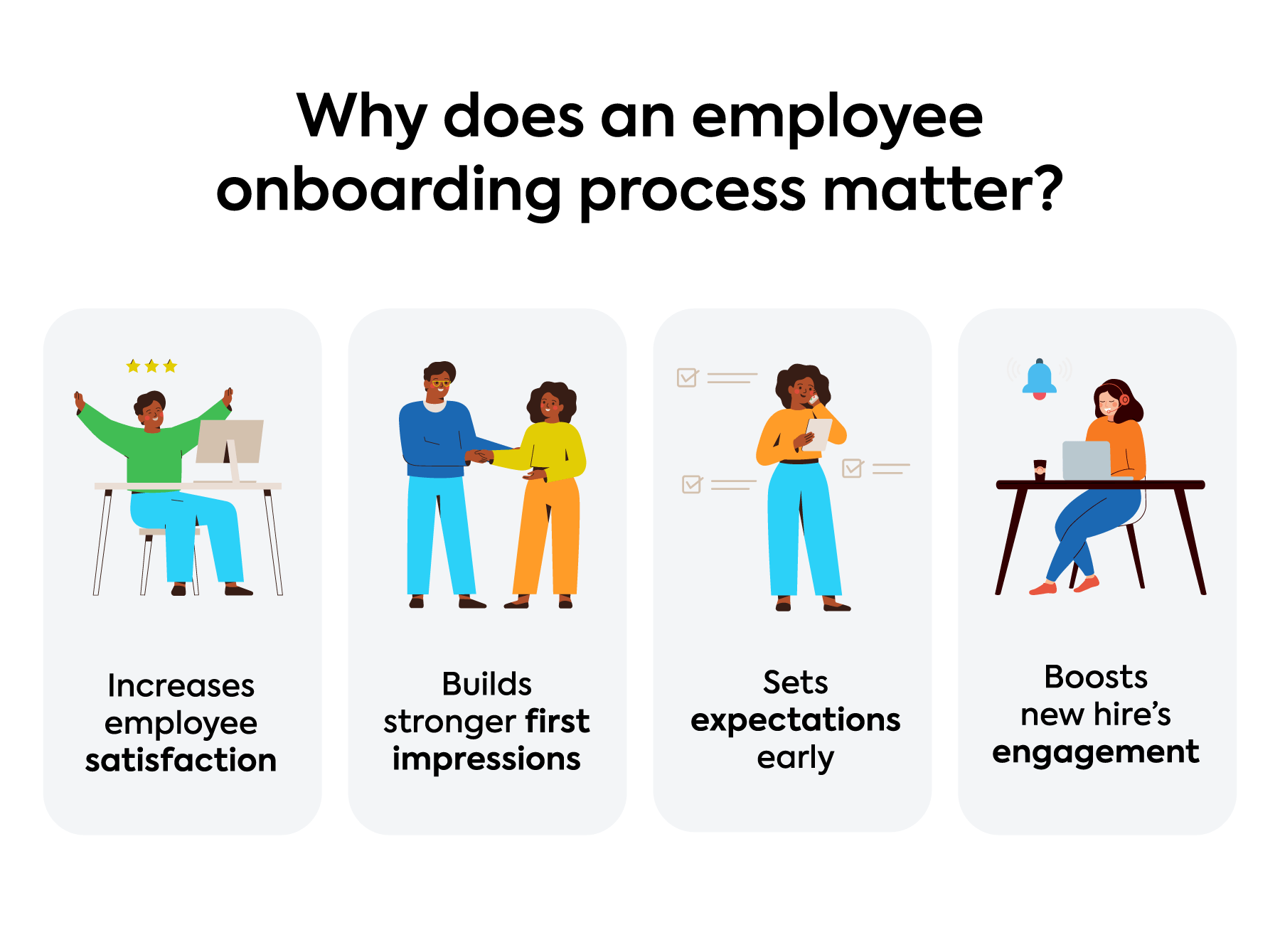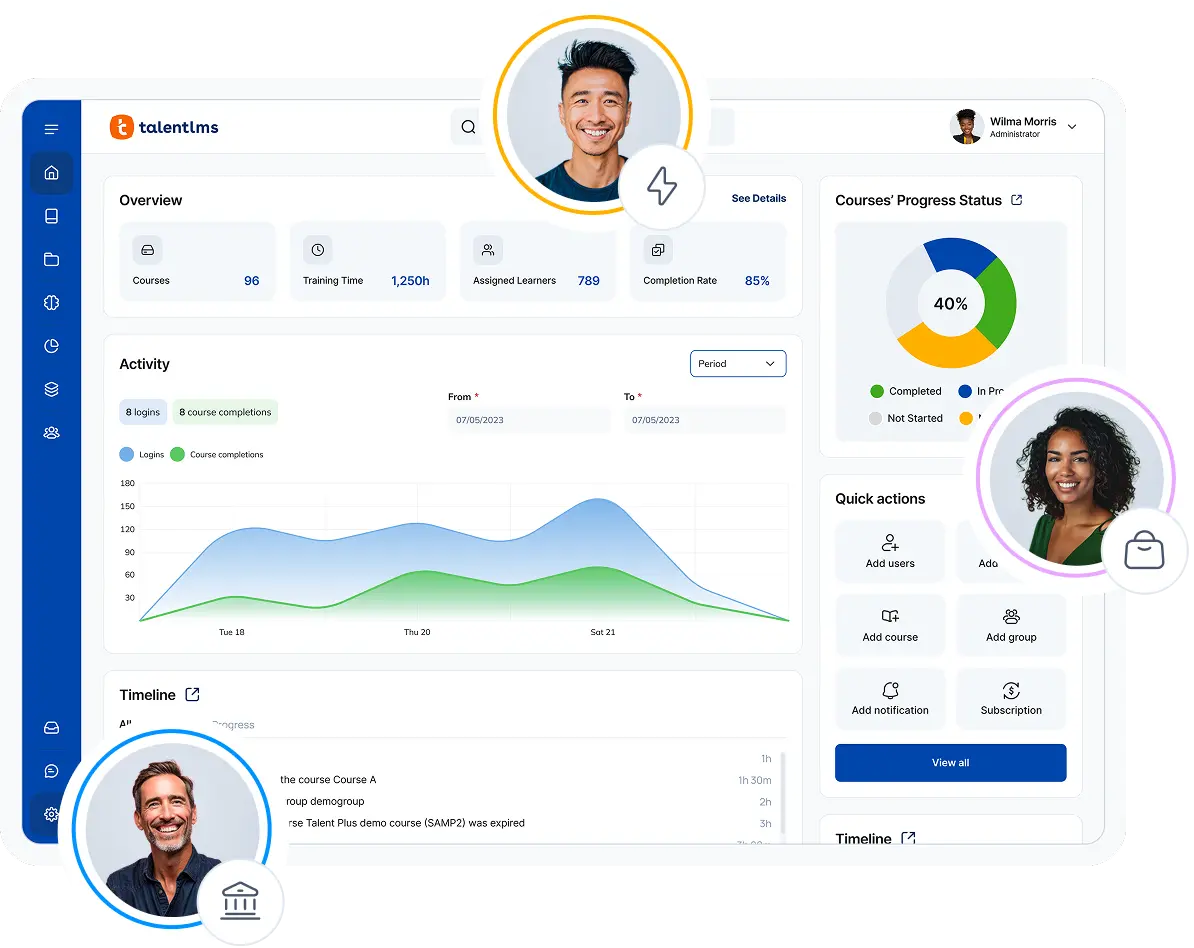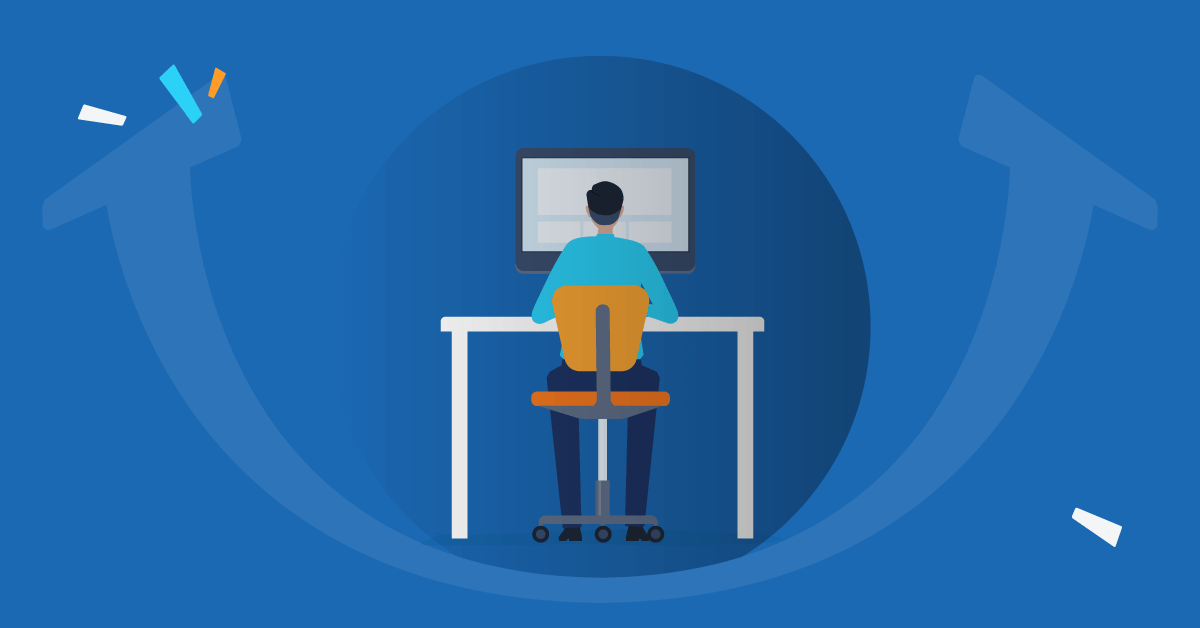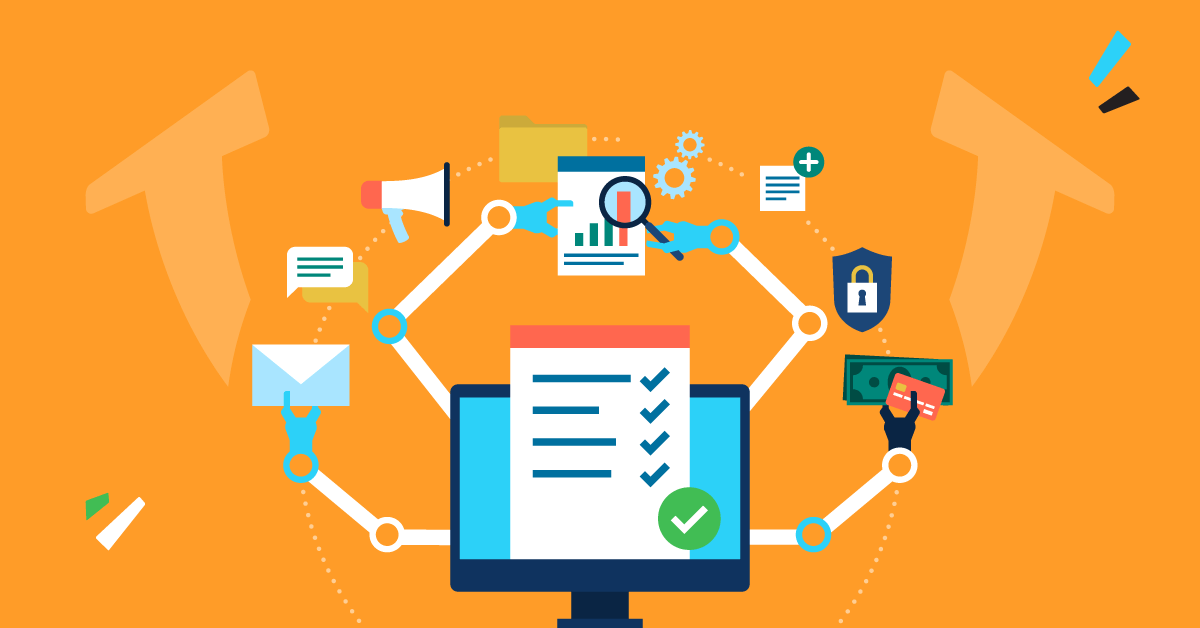Employee onboarding is no longer a box-ticking exercise. In 2025, it’s a make-or-break phase that determines whether new hires become thriving contributors or early exits. As expectations evolve and hybrid work environments become standard, onboarding must be structured, engaging, and tech-empowered.
In this article, we cut through the noise and share the 15 most effective onboarding best practices to help you set up your employees for long-term success. Whether you’re onboarding in person or remotely, the following practices will help improve retention, satisfaction, and productivity.
What are these best practices for 2025?
Follow these steps throughout the onboarding process to create an environment where a new employee can perform well.
- Start onboarding before day one
- Assign a dedicated onboarding buddy
- Personalize onboarding paths
- Use checklists and clear timelines
- Prioritize culture onboarding
- Deliver training through bite-sized content
- Enable real-time feedback loops
- Blend self-paced and live training
- Provide early wins and hands-on tasks
- Involve managers actively
- Introduce company tools with guided walkthrough
- Track onboarding metrics
- Use shadowing and social learning
- Reinforce onboarding beyond 30 days
- Address onboarding for remote and hybrid teams
#1 Start onboarding before day one
Preboarding sets the tone. Share onboarding kits, logins, org charts, and schedules as early as possible after the job offer. This builds excitement and reduces anxiety on the start date.
Also include a short video from a team member or department head to personalize the welcome experience and create a positive impression ahead of the first week.
Pro tip from HR: “A warm welcome email and a thoughtful onboarding experience aren’t just nice to haves. They’re a first impression that sets the tone for everything that follows. When people feel informed and genuinely welcome, they settle in faster, feel more connected, and start doing great work sooner.” — Evangelos Bounas, People & Culture Generalist
#2 Assign a dedicated onboarding buddy
A peer mentor can help new hires navigate culture, tools, and expectations. It’s one of the most effective ways to humanize the onboarding process and offer real-time context.
Idea: Pair new hires with other team members outside their immediate team to build broader internal networks early. This helps strengthen cross-functional awareness and social learning.
#3 Personalize onboarding paths
No two roles are alike. Customize onboarding journeys by department, role, or even individual learning styles using microlearning. Include onboarding journey maps with milestones that align with department goals.
Example: Engineers might receive technical system walkthroughs, while marketers get brand tone workshops and product demos.
#4 Use checklists and clear timelines
Create structured timelines with key milestones for the first 30, 60, and 90 days. Use checklists to track task completion and clarify expectations. With TalentLMS Skills, you can also monitor how new hires level up through training and skill development.
Resource: Employee onboarding checklist
#5 Prioritize culture onboarding
Culture isn’t absorbed through documents. Integrate sessions that communicate company values, rituals, DE&I initiatives, and internal communities early on. Consider informal onboarding lunches, virtual coffee chats, or storytelling sessions.
#6 Deliver training through bite-sized content
Avoid information overload by using short, modular courses. TalentLMS enables content chunking and allows learners to progress at their own pace. Include quizzes and self-checks to reinforce learning.
#7 Enable real-time feedback loops
Use surveys or pulse checks to get feedback at weeks 1, 2, 4, and beyond. Based on this feedback, adapt the onboarding content and pacing.
Idea: Include quick check-ins asking about their onboarding experience, clarity of role, and tool access. Use this feedback to drive improvements.
#8 Blend self-paced and live training
Balance flexibility with interaction. Use an LMS, like TalentLMS, to deliver asynchronous courses and live webinars through video conferencing tools. Schedule Q&A sessions with team leaders and managers to reinforce expectations.
#9 Provide early wins and hands-on tasks
Assign small but meaningful tasks in the first two weeks to build confidence and reinforce skills. Let them contribute to a project or assist in a team meeting — it builds purpose early.
#10 Involve managers actively
Empower managers to be onboarding champions. Provide them with targeted training and the right tools, like customizable templates and role-specific checklists, so they can confidently deliver engaging, effective onboarding experiences. When managers are equipped and involved, new hires feel supported from day one.
Resource: Complete guide to employee onboarding process
#11 Introduce company tools with guided walkthroughs
Rather than handbooks, use interactive demos or videos to walk new hires through core tools like intranet chat/video conferencing and more. Embedding tool walkthroughs directly into your LMS lessons (using screenshots or screen recordings) helps new team members get hands-on faster, with less confusion.
#12 Track onboarding metrics
Monitor engagement rates, course completions, and time-to-productivity. Use LMS analytics to generate reports.
Metrics to monitor:
- Total training time during the first 14 days
- Completion of onboarding modules
- Pending courses to be completed
Resource: eLearning metrics & KPIs
#13 Use shadowing and social learning
Encourage new hires to learn from others by observing different teams in action or joining group learning sessions. Use discussion boards to spark conversation and peer support.
#14 Reinforce onboarding beyond 30 days
Extend onboarding to at least 90 days with ongoing training, mentorship, and progress reviews. Include optional development opportunities like career-path modules and long-term growth plans. After the first 30 days, help employees see what their next steps will be with structured development plans.
#15 Address onboarding for remote and hybrid teams
For remote and hybrid employees, some onboarding best practices should include:
- Clear communication protocols
- Scheduled virtual social sessions
- Regular manager and buddy check-ins
- Access to a digital knowledge base
Idea: Offer a remote-specific “onboarding experience” path with Slack channel etiquette, virtual meeting tips, and home office setup guidance. And for those on-site? A little office etiquette can go a long way!
TalentLibrary – Skills that matter, courses that deliver
With TalentLibrary, you set the foundation for a strong, aligned workforce—soft skills, compliance, and workplace essentials, from day one (and beyond).
Why does an employee onboarding process matter?
Effective employee onboarding boosts retention by up to 82% and improves productivity by over 70%. It helps new hires get up to speed faster, strengthens cultural alignment, and enhances employee engagement.
A well-planned onboarding program:
Increases employee satisfaction
A clear, structured onboarding experience helps new hires feel confident, supported, and valued from day one. If an employee knows in advance what to expect, they’re more likely to feel satisfied with their role.
Builds stronger first impressions
Thoughtful onboarding sets the tone for what it’s like to work at your company, creating a positive early impression. A solid foundation is a key to success, and employees feel more at ease and comfortable when they get a good feeling at first glance.
Sets expectations early
When roles, responsibilities, and goals are clear upfront, employees can focus on contributing meaningfully from the start. The earlier you set those expectations, the more likely it is that the employee will be able to become acquainted with your company’s structure. This will enable them to become more productive faster.
Boosts new hires’ engagement
Engaged employees are more likely to stay, perform well, and connect with your company’s mission and culture. If an employee feels valued and positively engaged at a company, they will feel fulfilled in their role. This is key to ensuring that top talent doesn’t slip through the cracks. The longer you keep an employee happy, the more likely it is that they will be part of your company for years to come.
Onboarding training software like TalentLMS supports this process by offering personalized learning, scheduling introductory calls, and tracking new hire progress with real-time insights.

How to measure the effectiveness of your onboarding program
Implementing onboarding best practices is essential to integrating new hires, boosting engagement, and ensuring long-term retention. But how can you tell if your onboarding efforts are truly working? Here’s a breakdown of key metrics to help you evaluate and continuously improve your onboarding strategy.
Track:
- Time-to-productivity: How quickly new hires reach full performance
- Engagement metrics: Course completion, employees’ response to feedback
- Survey results: Net onboarding score (NOS), satisfaction surveys
- Manager feedback: Is the new hire contributing as expected?
Also consider tracking:
- Participation in onboarding chats with other employees
- Access frequency to LMS onboarding modules
- Team leader evaluations and performance reviews
- Peer feedback & cross-departmental collaboration
Measuring onboarding effectiveness requires a blend of qualitative and quantitative data. By tracking these metrics regularly, you can identify strengths and gaps in your onboarding program, ensure alignment with employee and business goals, and create a more seamless and impactful experience for new team members.
Conclusion
Onboarding in 2025 needs to be employee-centric, data-driven, and tech-powered. TalentLMS makes it easy to deliver personalized, scalable onboarding that aligns with your company culture and business goals. By following these onboarding best practices, you can make sure that any team member will feel comfortable and ready to take on their new role successfully.
FAQs
What are the 4Cs of onboarding?
The 4Cs are Compliance, Clarification, Culture, and Connection.
What is an onboarding cycle?
An onboarding cycle includes all phases from preboarding through the first 90 days or more.
What’s next after onboarding?
Ideally, onboarding transitions into continuous learning and career development. Support new hires with upskilling and reskilling opportunities that align with their role and career goals. Ongoing development keeps employees engaged, adaptable, and ready for what’s next.
How long should onboarding last?
While traditional onboarding can span from 1 to 3 months, best-in-class programs go beyond the 90-day mark.
Should onboarding differ for remote employees?
Yes. Remote onboarding should emphasize digital tools and intentional touchpoints.
How do I make new hires feel welcome?
Send a welcome email, prepare their tools ahead of time, and ensure someone greets them virtually or in person.
What role do senior leaders play?
Senior leaders should participate in welcome videos, share the company vision, and interact with new hires early.
How can I improve onboarding engagement?
Gamify LMS modules, celebrate onboarding milestones, and create team rituals for new hires.
Originally published on: 16 May 2024 | Tags: Onboarding Best Practices,Online Employee Onboarding

![14 Employee Onboarding Best Practices [2024]](https://www.talentlms.com/blog/wp-content/uploads/2024/05/Onboarding-Practices_10May2024_small.png)



